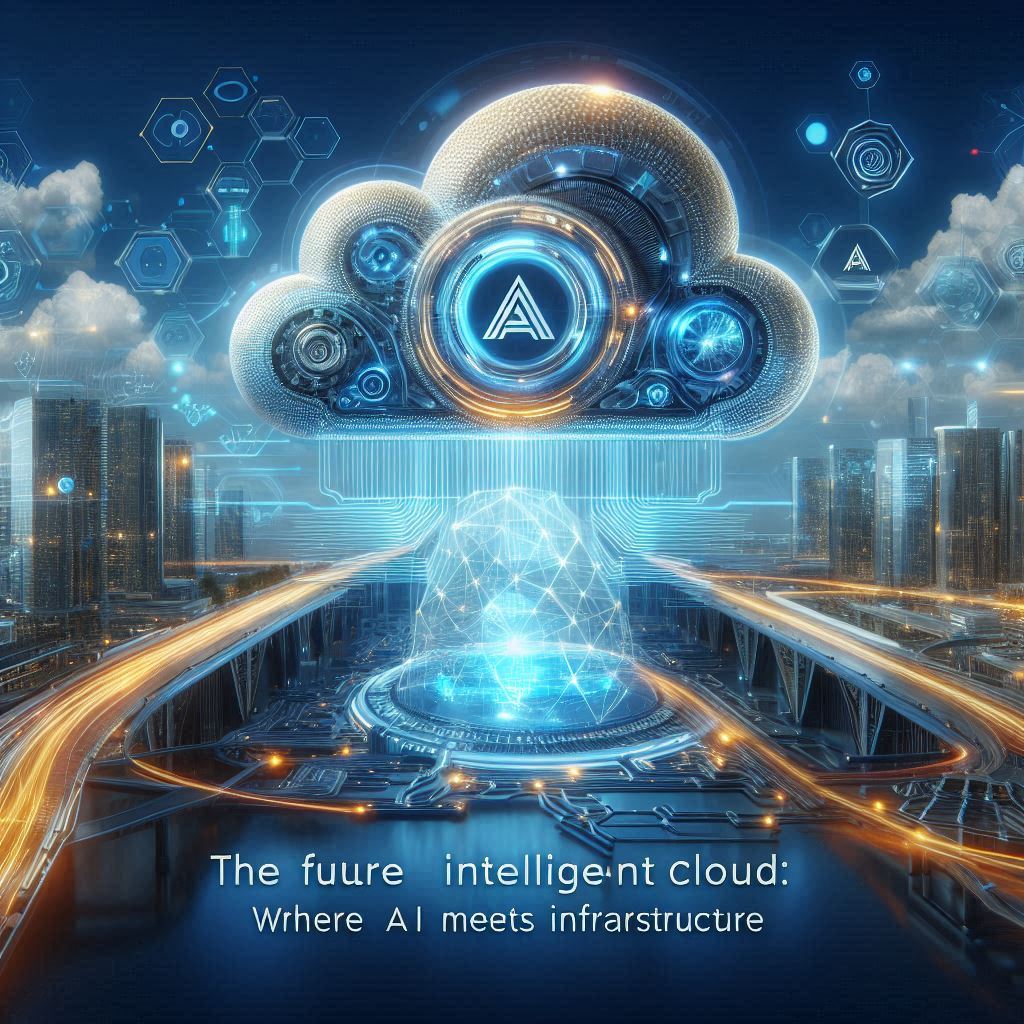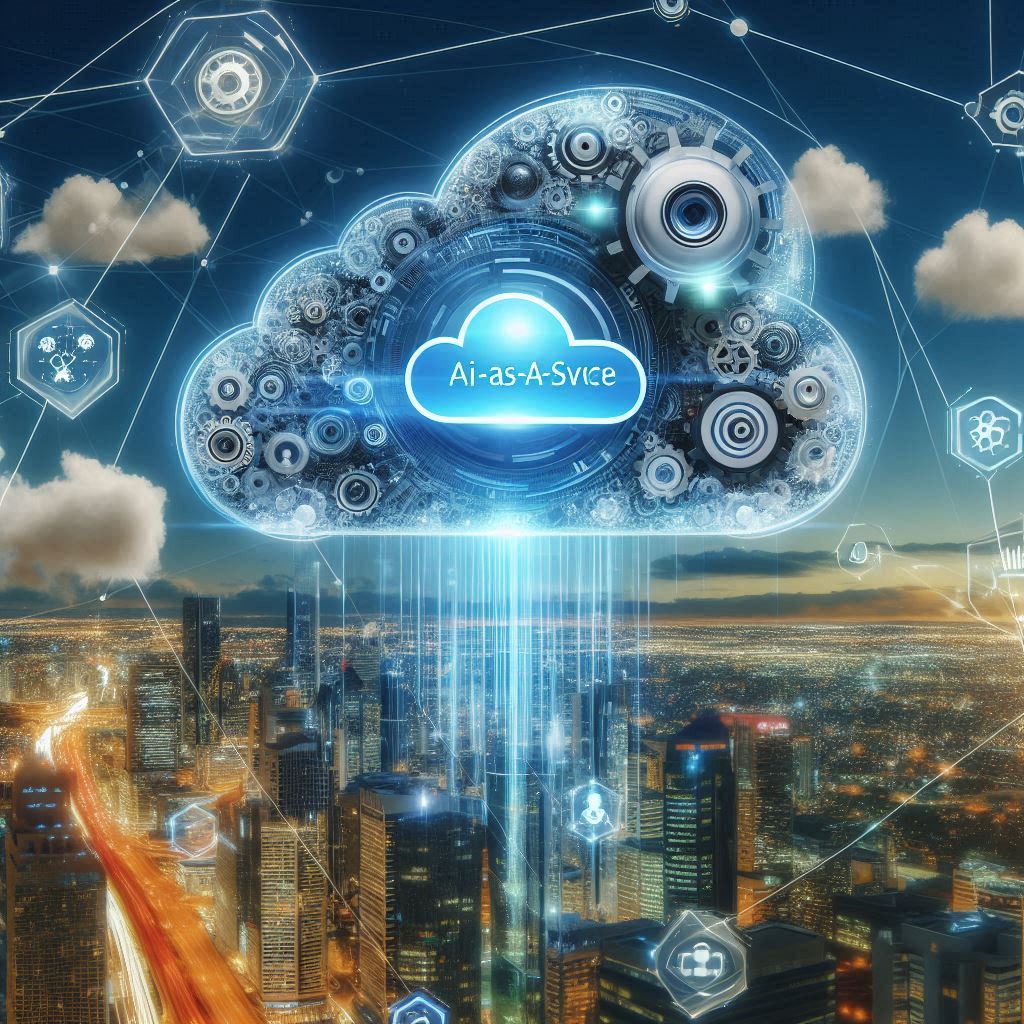In 2025, the convergence of artificial intelligence (AI) and cloud infrastructure is not just a possibility — it’s a certainty already shaping how enterprises operate, scale, and compete. Over the past decade, cloud computing has evolved from a storage and hosting solution to a dynamic ecosystem of intelligent services. Now, as we step into the future, intelligent cloud — powered by AI — is setting the foundation for a new digital era.
Past to Present: The Shift from Static to Smart
The cloud, as we knew it in the early 2010s, was largely static. Businesses leveraged it primarily for hosting applications or offloading data storage. This basic utility model has since matured. By 2020, cloud providers like Amazon Web Services (AWS), Microsoft Azure, and Google Cloud had begun integrating AI-powered services such as machine learning platforms, natural language processing, and predictive analytics into their offerings.
But what’s changed in 2025? The cloud is no longer just a support structure; it’s become an active decision-maker. Gartner reports that over 60% of cloud-native applications deployed in 2025 incorporate some form of AI or machine learning to optimize performance and resource usage in real-time. This marks a radical shift from the past — moving from cloud as infrastructure to cloud as intelligent infrastructure.
Real-Time Optimization and Adaptive Scaling
One of the most profound impacts of intelligent cloud is its ability to dynamically manage workloads. AI models continuously assess traffic, user behavior, and data patterns to adjust compute resources automatically. This reduces latency and energy consumption while improving application responsiveness.
Take the example of global e-commerce platforms. During flash sales or major holidays, traffic surges unpredictably. Intelligent cloud platforms today can predict these spikes based on historical data and social media activity, then preemptively allocate resources. This predictive capability saves companies millions in potential downtime costs.
In fact, a report by McKinsey estimates that intelligent cloud solutions can cut IT operational costs by 30% while improving performance by up to 50%. These figures illustrate just how transformative AI-driven infrastructure has become in the current landscape.
AI at the Edge: Expanding Intelligent Infrastructure
While centralized data centers remain crucial, the rise of edge computing is adding a new layer to the story. In 2025, more than 75% of enterprise-generated data is processed at the edge, according to IDC. Intelligent cloud platforms are being extended to these edge devices, enabling faster decision-making closer to the data source.
This shift is especially critical for sectors like autonomous transportation, manufacturing, and healthcare. In smart factories, for instance, AI embedded in cloud-connected machines can detect faults, predict maintenance needs, and even trigger automated repairs — all within milliseconds.
The future isn’t centralized; it’s distributed, yet deeply connected. And intelligent cloud serves as the backbone of this decentralized intelligence.
Security and Ethics in the Intelligent Cloud Era
Of course, the integration of AI and cloud infrastructure comes with concerns. Data privacy, security breaches, and ethical use of AI remain hot topics. Organizations are being urged to implement “trust frameworks” to ensure transparency, accountability, and compliance with global regulations.
Notably, in 2025, the European Union and several countries in Asia have enacted AI-specific cloud governance policies. These regulations mandate the auditing of AI models, restrict data flows, and require companies to disclose algorithmic decisions that affect consumers.
Security-wise, intelligent cloud platforms use AI to detect and respond to threats faster than human teams ever could. According to IBM’s 2025 Cyber Threat Report, AI-driven threat detection systems can identify and contain a breach 96% faster than traditional methods.
What Lies Ahead?
Looking into the future, intelligent cloud will become the standard rather than the exception. With quantum computing on the horizon and AI models becoming more autonomous, we’re on the cusp of infrastructures that not only support businesses but actively shape their strategies.
By 2030, experts predict that cloud systems will not just react to business demands — they will anticipate them. Imagine a scenario where your cloud environment proposes marketing strategies, suggests product rollouts, or initiates cybersecurity drills based on emerging patterns. That’s where we’re heading.
Conclusion
From its humble beginnings as a data storage platform to a dynamic, self-optimizing digital partner, the journey of the cloud reflects the rapid technological transformation of the past decade. In 2025, intelligent cloud isn’t just a trend — it’s the new norm, redefining how businesses operate and innovate.
As we continue to blur the lines between AI and infrastructure, one thing is clear: the intelligent cloud is no longer just the future — it’s very much the present. And for businesses looking to lead, understanding this evolution is not optional — it’s essential.






